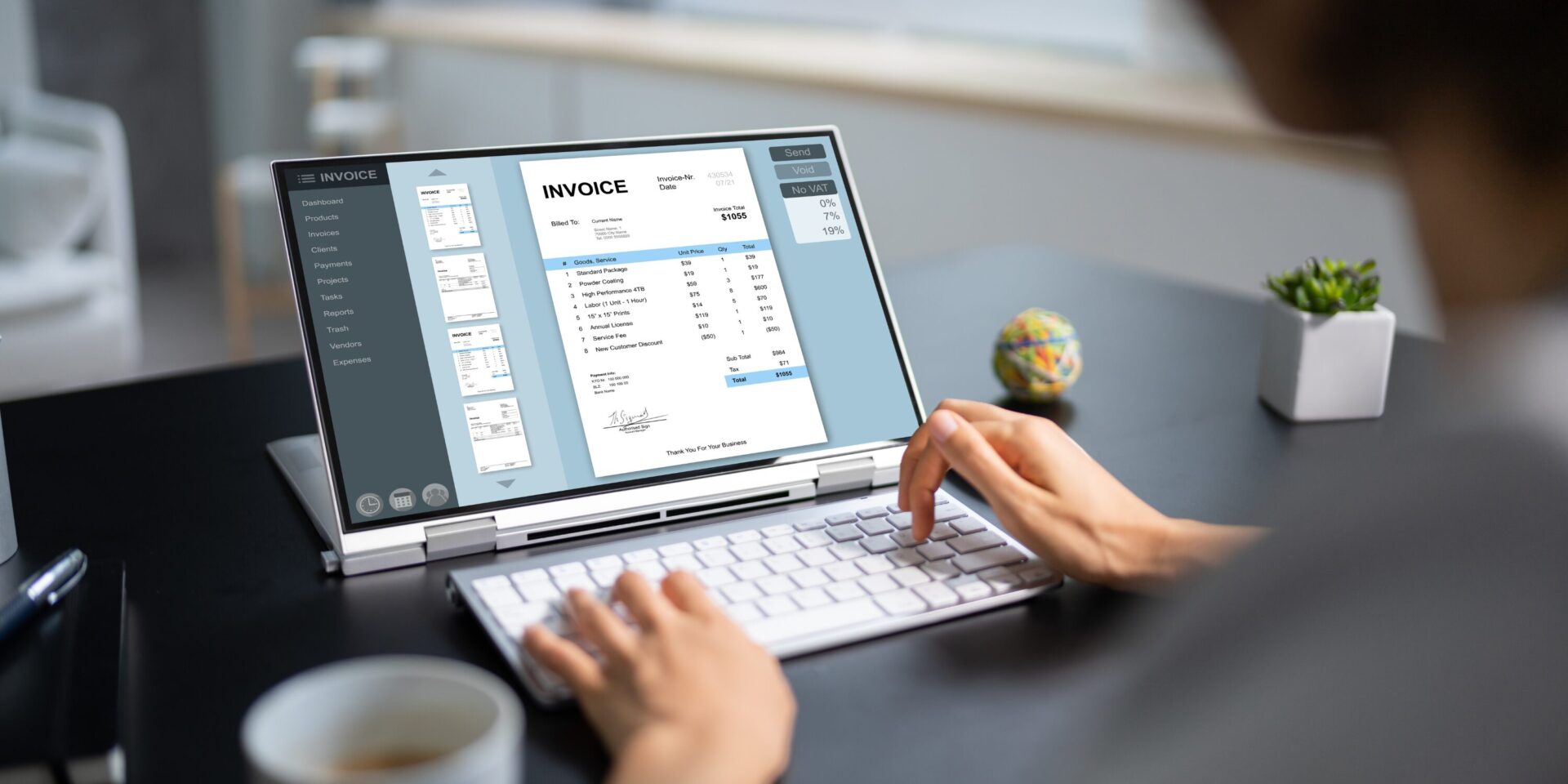Adapting to New Digital Workflows with an e-Invoice Platform Malaysia
One of the primary challenges businesses face when implementing an e-Invoice Platform Malaysia is adjusting existing workflows to fit the new system. Companies accustomed to paper-based invoicing or basic digital formats often find the shift to a more structured and regulated e-invoice format difficult. Employees must learn new processes, adhere to stricter formatting rules, and deal with integrated digital tools.
Overcoming this requires a strong change management strategy. Business leaders must invest in training, conduct internal workshops, and create detailed user guides to help staff adapt to the new workflows. The transition phase should include hands-on sessions that mirror real-life scenarios. Once the initial resistance is addressed, the long-term gains in productivity and accuracy far outweigh the learning curve.
Integration Issues with Existing Systems
Many Malaysian businesses use legacy accounting or ERP systems that may not be directly compatible with modern e-invoice solutions. Integration issues are among the top technical challenges, as data needs to flow seamlessly between platforms to avoid duplication and manual input errors.
To resolve this, companies must choose an e-Invoice Platform Malaysia that offers robust integration features, such as APIs, plug-ins, and compatibility with major financial software. Working closely with both the platform provider and your IT team ensures smooth implementation. A phased integration—beginning with basic functionalities and scaling up gradually—can help ease the process.
Data Accuracy and Invoice Validation in an e-Invoice Platform Malaysia
Incorrect invoice entries, whether due to human error or system limitations, can lead to rejected invoices and compliance penalties. A reliable e-Invoice Platform Malaysia must have built-in validation tools to detect and flag errors before submission.
To minimize issues, organizations should define standard input formats and automate as many data entry points as possible. Many platforms offer real-time validation, ensuring invoices meet the requirements set by regulatory bodies. By leveraging these built-in checks, companies can reduce errors and improve the success rate of invoice acceptance.
Ensuring Compliance with Malaysian Tax Regulations
Malaysia’s tax authority (LHDN) has set specific compliance requirements for e-invoicing, including proper documentation, digital signatures, and secure data storage. Businesses that fail to meet these criteria risk facing fines or delays.
Choosing an e-Invoice Platform Malaysia that stays up to date with the latest regulatory changes is crucial. The platform should offer automatic updates, compliance templates, and regulatory guidance. Internal audits, conducted periodically, can help ensure ongoing compliance. Partnering with a platform provider that has a track record of compliance excellence provides an added layer of security.
Managing Security Concerns on an e-Invoice Platform Malaysia
Invoicing involves sensitive data, including customer information, transaction details, and financial records. Without proper security protocols, businesses may be exposed to cyber threats such as data breaches or ransomware attacks.
To overcome this, businesses should prioritize platforms with strong cybersecurity features. This includes two-factor authentication, end-to-end encryption, user role management, and regular security audits. Internal protocols should complement platform features, with employees trained on cybersecurity best practices. Implementing access controls ensures that only authorized personnel handle sensitive data, reducing the risk of internal misuse.
Handling Volume and Scalability on an e-Invoice Platform Malaysia
As businesses grow, their invoicing needs become more complex. A system that handles a few dozen invoices per month may struggle when the volume increases to thousands. Poor scalability can lead to system crashes, slow processing, and reduced efficiency.
To future-proof operations, companies should choose a scalable e-Invoice Platform Malaysia capable of handling increased load without performance degradation. Cloud-based platforms are particularly effective, offering flexibility and storage expansion as needed. Regular performance assessments and scalability tests can help identify bottlenecks early and optimize system efficiency.
Overcoming User Resistance and Lack of Training
Employees are often hesitant to adopt new technologies, especially if they perceive them as complicated or disruptive. Resistance can slow down implementation and reduce the effectiveness of the system.
Addressing this challenge requires a people-focused approach. Organizations should offer structured training programs tailored to different user levels—from data entry personnel to senior finance managers. Clear communication of the benefits, such as reduced manual work and faster processing, helps build user confidence. Platforms that feature intuitive dashboards and user-friendly interfaces also contribute to quicker adoption.
Ensuring Reliable Customer Support from Your e-Invoice Platform Malaysia Provider
Technical issues, software updates, or user queries can arise at any time. If a platform provider lacks responsive support, these issues can escalate, causing delays and operational disruptions.
When selecting an e-Invoice Platform Malaysia, prioritize vendors offering 24/7 customer support, local assistance, and comprehensive documentation. A responsive support team can make a significant difference, especially during the early stages of platform adoption. It’s advisable to test the responsiveness of support teams during the trial or demo phase.
The Path Forward with an e-Invoice Platform Malaysia
While the transition to e-invoicing in Malaysia is not without its challenges, these can be managed effectively with the right approach. By selecting a compliant, scalable, secure, and user-friendly platform, businesses can ensure a smooth transition and long-term success. Ongoing training, integration planning, and a proactive attitude toward compliance and security will help companies fully realize the benefits of e-invoicing.
To explore more about how your business can transition smoothly to e-invoicing, visit this e-Invoice Platform Malaysia provider for further details.
The journey to full digital invoicing is a significant one, but with the right tools and mindset, it leads to greater efficiency, compliance, and future-readiness in the evolving Malaysian business landscape.






